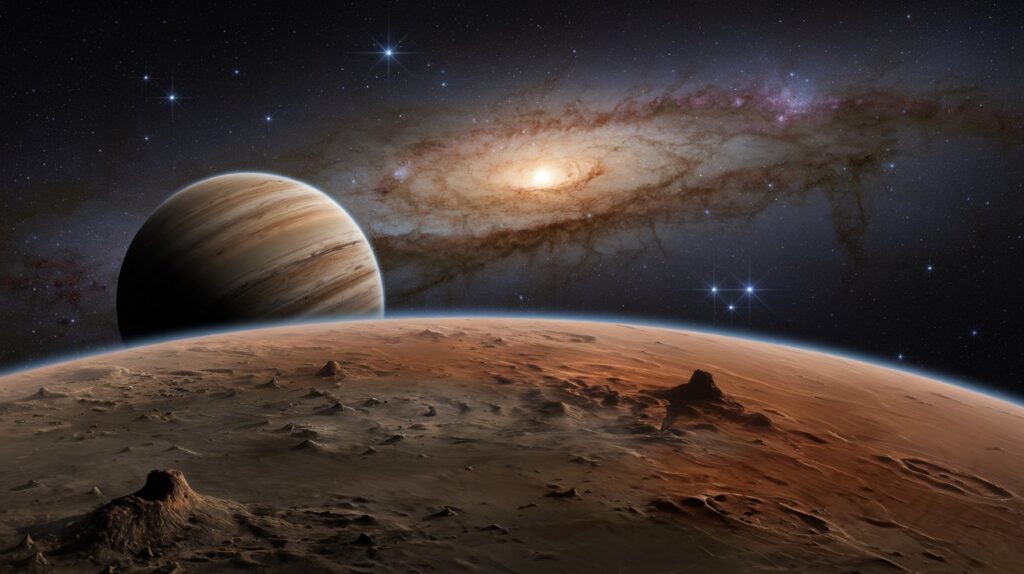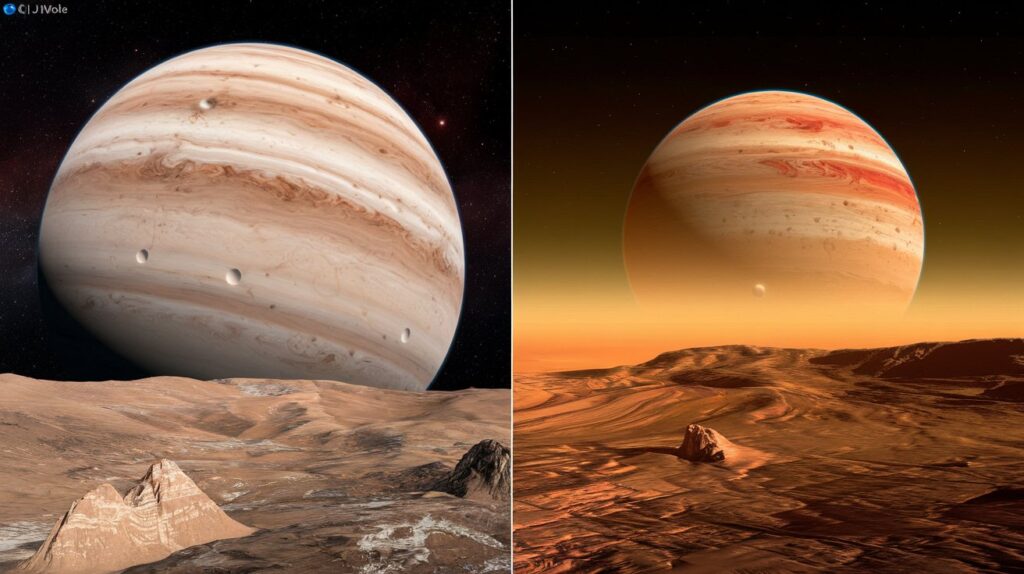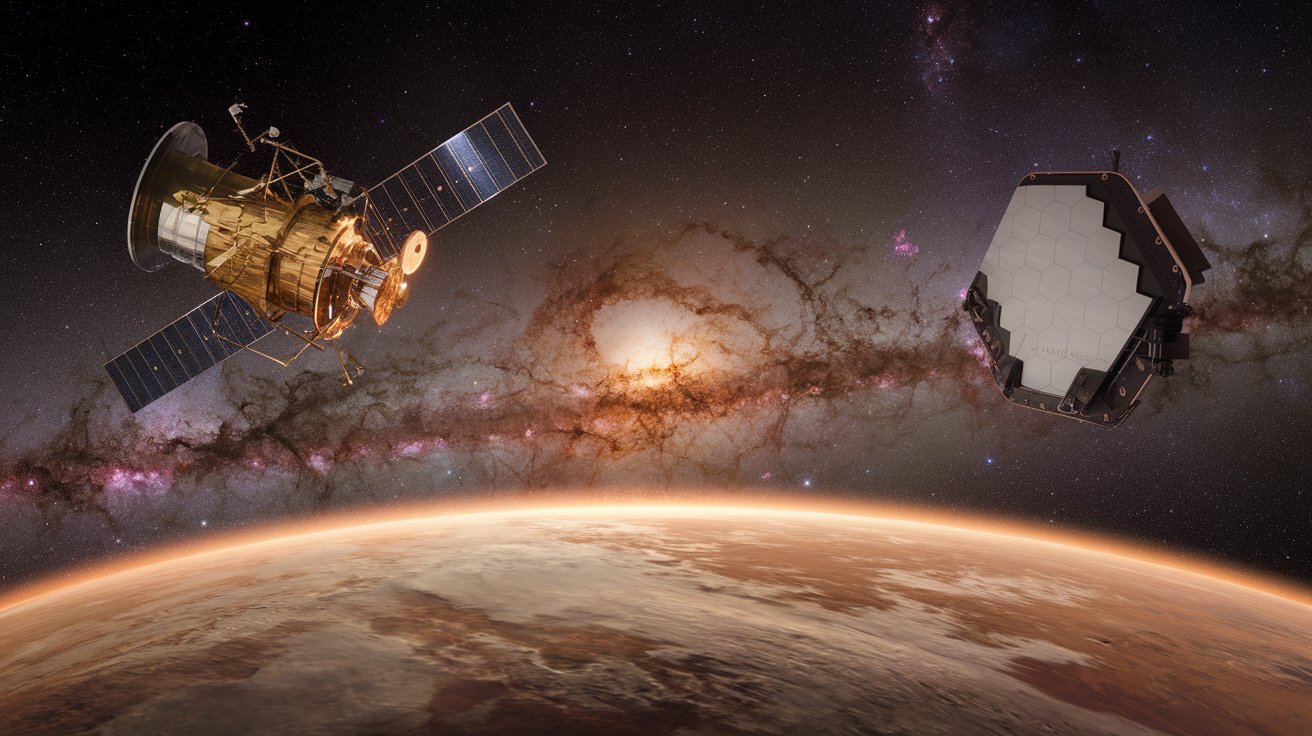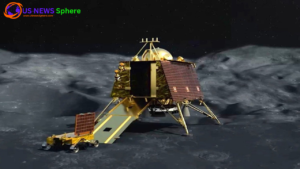Hubble and JWST Collaborate to Unravel Ancient Planet Mystery
The cosmos is a vast and mysterious realm, and as we deepen our exploration of it, we often stumble upon enigmas that challenge our current understanding of planetary formation and evolution. One such mystery recently brought to light involves a planet, estimated to be around 13 billion years old, discovered through the collaborative efforts of NASA’s Hubble Space Telescope and the James Webb Space Telescope (JWST). This article delves into the significance of this discovery and what it means for our understanding of the universe.
Table of Contents
The Discovery: An Ancient Planet
In a truly remarkable turn of events, researchers have identified a planet that dates back to when the universe was a mere 800 million years old. This extraordinary find not only expands our knowledge of the formation of celestial bodies but raises crucial questions about the environmental conditions that enabled such a ancient planet to exist.

What Makes This Planet Unique?
Age: At approximately 13 billion years old, this planet is among the oldest known, providing insights into the early days of the universe.
Location: The planet is situated in a galaxy that existed shortly after the Big Bang, which allows scientists to observe stellar and planetary formation processes from a unique vantage point.
Composition: The characteristics of this planet may differ drastically from those we see in the modern universe, leading to debates about what constitutes a ‘typical’ planet.
Using Hubble and JWST Together
The collaborative efforts of Hubble and JWST have proven invaluable in this discovery. Hubble, known for its sharp imaging and ability to observe distant corners of the universe, played a key role in identifying potential candidates for ancient planets. Meanwhile, JWST, equipped with its highly sensitive instruments and infrared capabilities, helped analyze the planet’s atmosphere and surface conditions.

Key Contributions:
Hubble’s Observational Power: Hubble’s established history of deep-space observations allowed researchers to pinpoint the location of the ancient planet—in a galaxy light-years away.
JWST’s Advanced Capabilities: JWST provided crucial spectroscopic data that helps scientists understand the components of the planet’s atmosphere. This includes analyzing its chemical makeup, temperature, and even possible signs of habitability.
Implications for Planetary Science
The collaboration between Hubble and JWST marks a new era in our quest to understand the universe. This ancient planet raises essential questions about the processes of planetary formation during a time when the universe was still in its infancy. Here are some implications that this discovery might pose for planetary science:
Insights into Early Planet Formation
Understanding how this ancient planet formed can shed light on the processes that led to the creation of other planets in the cosmos. This can help scientists answer key questions regarding:
Clumping of Matter: What processes enabled dust and gas to coalesce and form planets when the universe was so young?
Environmental Conditions: What conditions were present in the early universe that made it possible for such a planet to thrive?
Challenges to Current Theories
The existence of such an ancient planet could challenge existing models of planetary formation:
Theory of Late Heavy Bombardment: If ancient planets like this one existed back then, how did they manage to survive in the chaotic environment prevalent in the early universe?
Planetary Composition: This discovery may indicate that planets could form from materials found in the universe that we currently don’t fully understand.
The Broader Cosmic Landscape
This research does more than just expand the catalog of known celestial bodies; it opens a window into the conditions that shaped our own solar system. Every new piece of information adds to the narrative of our universe’s history.
Potential for Future Discoveries
As Hubble and JWST continue their missions, we can expect:
New Discoveries: More ancient celestial bodies may be identified as technology and observational methods improve.
Enhanced Understanding: Each new finding will add layers of insight into how we understand not only planetary formation but also the evolution of stars and galaxies.
A Collaborative Effort
The joint efforts of Hubble and JWST underscore the importance of collaboration in science. By pooling resources, expertise, and technology, many complex cosmic questions can be approached from multiple angles. This fosters a more comprehensive understanding of our universe.
The Role of Space Agencies
Organizations like NASA and the European Space Agency (ESA) play a critical role in facilitating such collaborations. Their commitment to advancing astronomical research ensures that telescopes like Hubble and JWST can work hand-in-hand:
Data Sharing: Efficiently sharing discovered data allows researchers to draw from both telescopes’ strengths.
Interdisciplinary Research: Collaborative research leads to a more profound understanding of the relationship between planet formation, stellar life cycles, and cosmic evolution.
Conclusion: An Ever-Unfolding Mystery
As we continue to explore the universe, each discovery, including this ancient planet observed by Hubble and JWST, serves as a reminder of the vastness and complexity of the cosmos. With every new find, we gain more insights into the universe’s history and the fundamental processes that shape it.
The journey to uncover the universe’s secrets is far from over. Advancements in technology and collaborative efforts will undoubtedly illuminate more mysteries and address questions that have puzzled astronomers for centuries. As we stand on the brink of these cosmic revelations, one thing is certain—our understanding of the universe will forever be evolving.
By positioning ancient planetary findings within the broader context of astronomical research, we not only enrich our knowledge but inspire future generations to look up at the stars and contemplate the wonders that lie beyond. [USnewsSphere.com]
-
FBI’s Scramble to Redact Epstein Files: What We Know So Far, and Why Transparency Still Remains Elusive
Sharing articles Facebook Twitter Pinterest LinkedIn Ever since the first public batch of the “Epstein files” was released, the Federal Bureau of Investigation (FBI) has been scrambling to scrub documents — redacting high-profile names, purging sensitive details, and even reassigning agents away from national security work to redaction duty. But even with the newly passed…
-
Leaked Call Exposes How Putin’s Allies Coached Trump Envoy
Leaked Call Exposes How Putin’s Allies Coached Trump Envoy In a startling development, recently published transcripts reveal that top aides to Vladimir Putin reportedly received coaching from Steve Witkoff — an envoy of Donald Trump — on how to frame a Ukraine peace proposal to win Trump over. What the Leak Shows: The Key Conversation…
-
Hong Kong High-Rise Fire Tragedy: 44 Dead, Hundreds Missing
Hong Kong High-Rise Fire Ravages Tai Po Estate, 44 Dead and Hundreds Missing A catastrophic fire tore through a high-rise housing complex in the Tai Po district of Hong Kong on November 26, 2025, leaving at least 44 people dead and hundreds unaccounted for as rescue efforts continue. The blaze — declared a Level 5…








